The Evolution of Sotho Traditional Clothing
The Evolution of Sotho Traditional Clothing
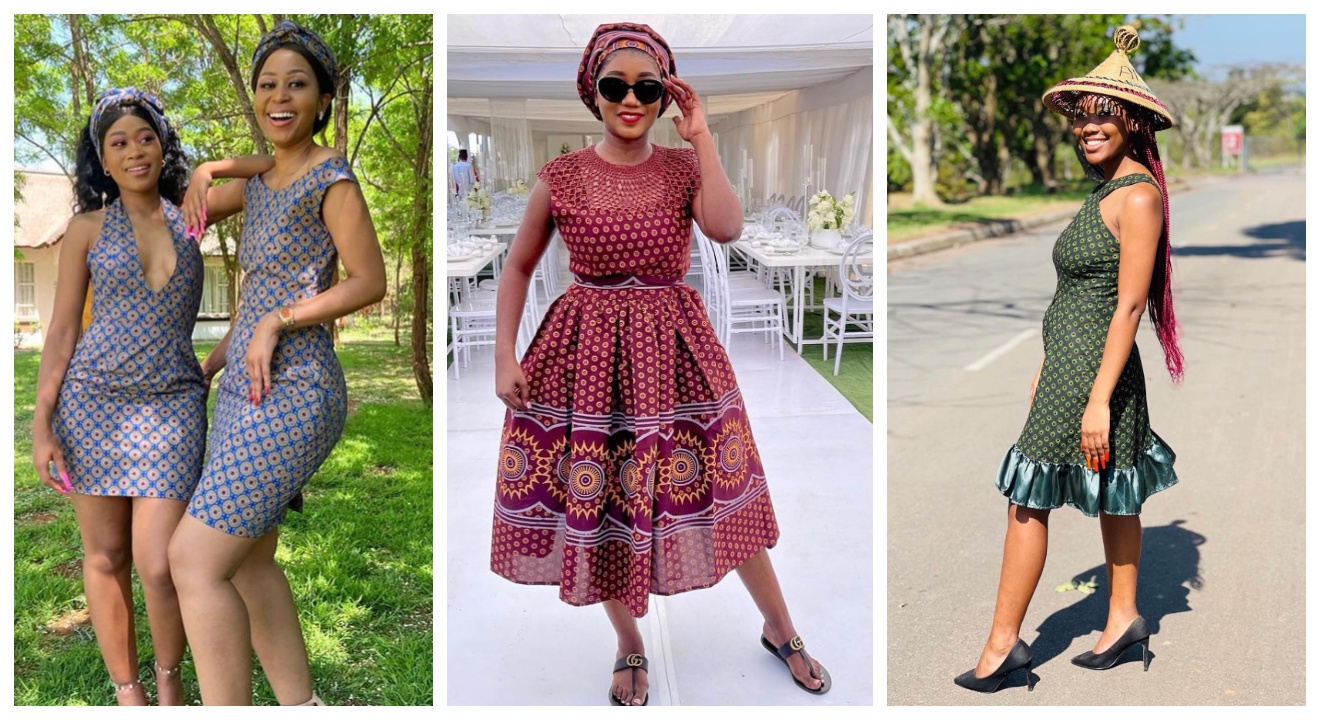
Introduction
The Sotho people, also known as Basotho, have a rich cultural heritage that is reflected in their traditional clothing. Over the years, Sotho traditional attire has evolved, adapting to changing times while preserving its unique identity. Let’s take a closer look at the evolution of Sotho traditional clothing and the importance it holds for the people.
Overview of Sotho Traditional Clothing
Sotho traditional clothing is characterized by vibrant colors, intricate patterns, and beautiful craftsmanship. Both men and women wear different styles of attire that vary based on the occasion or social status. From the distinct blanket worn for warmth to the graceful dresses adorned with beadwork, each garment tells a story and represents the Sotho culture.
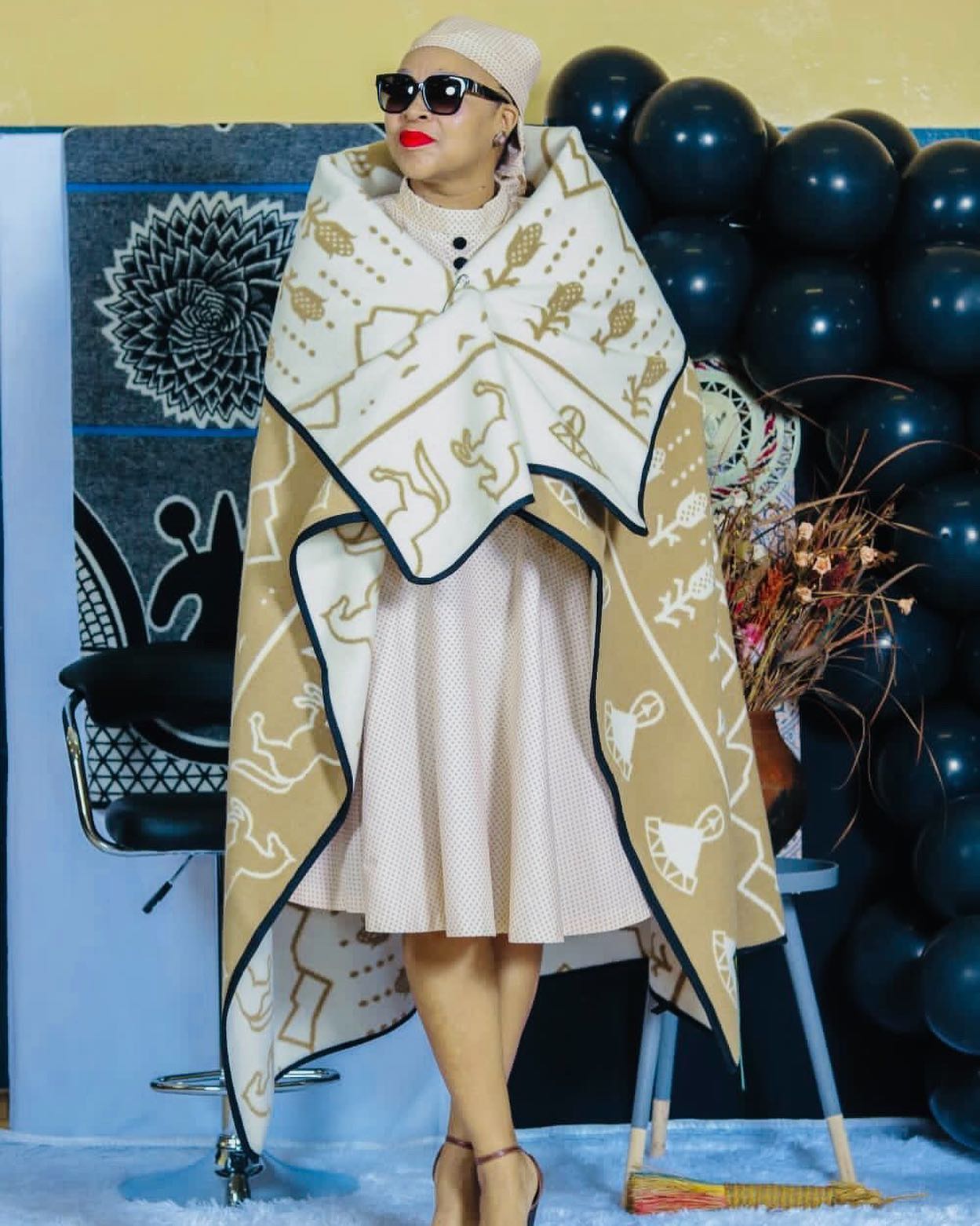

Importance and Significance of Sotho Traditional Clothing
For the Sotho people, traditional clothing is more than just a fashion statement. It is a way to express their cultural identity, preserve their heritage, and pass down traditions from one generation to another. The clothing also plays a role in ceremonies, rituals, and celebrations, symbolizing unity and pride in their heritage. By embracing their traditional attire, the Sotho people keep their customs alive and maintain a strong sense of community and belonging.

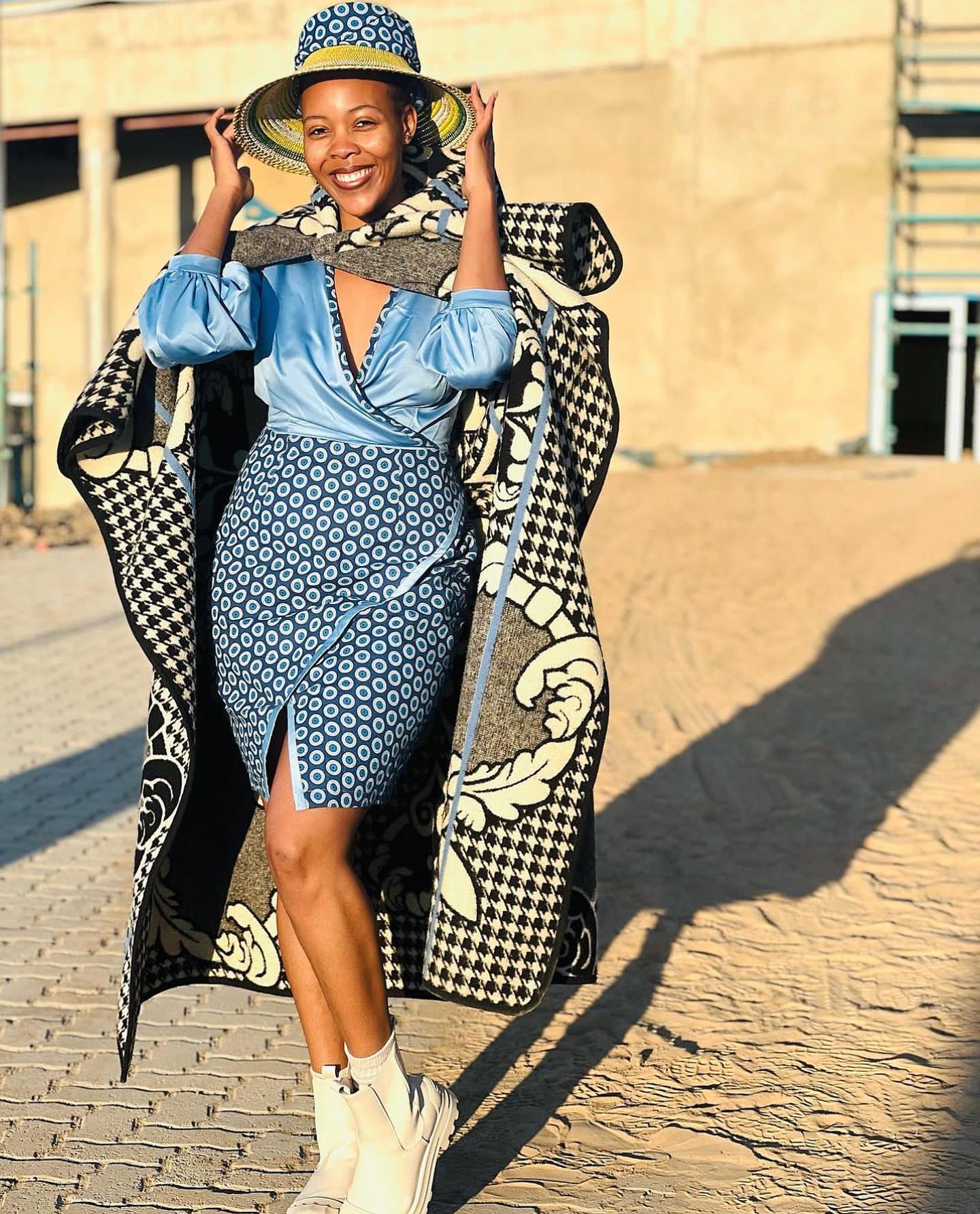
Early History of Sotho Traditional Clothing
Sotho traditional clothing has a rich and fascinating history that spans many centuries. The clothing traditions of the Sotho people can be traced back to their origins and the influence of their traditional beliefs and customs.
Origins of Sotho Traditional Clothing
The Sotho people, who are part of the Bantu ethnic group, have been wearing traditional clothing for generations. These garments not only serve as a practical means of protection but also reflect the cultural identity and heritage of the wearer. The clothing is made using locally sourced materials, such as animal skins and plant fibers, and is often adorned with intricate beadwork and embroidery.
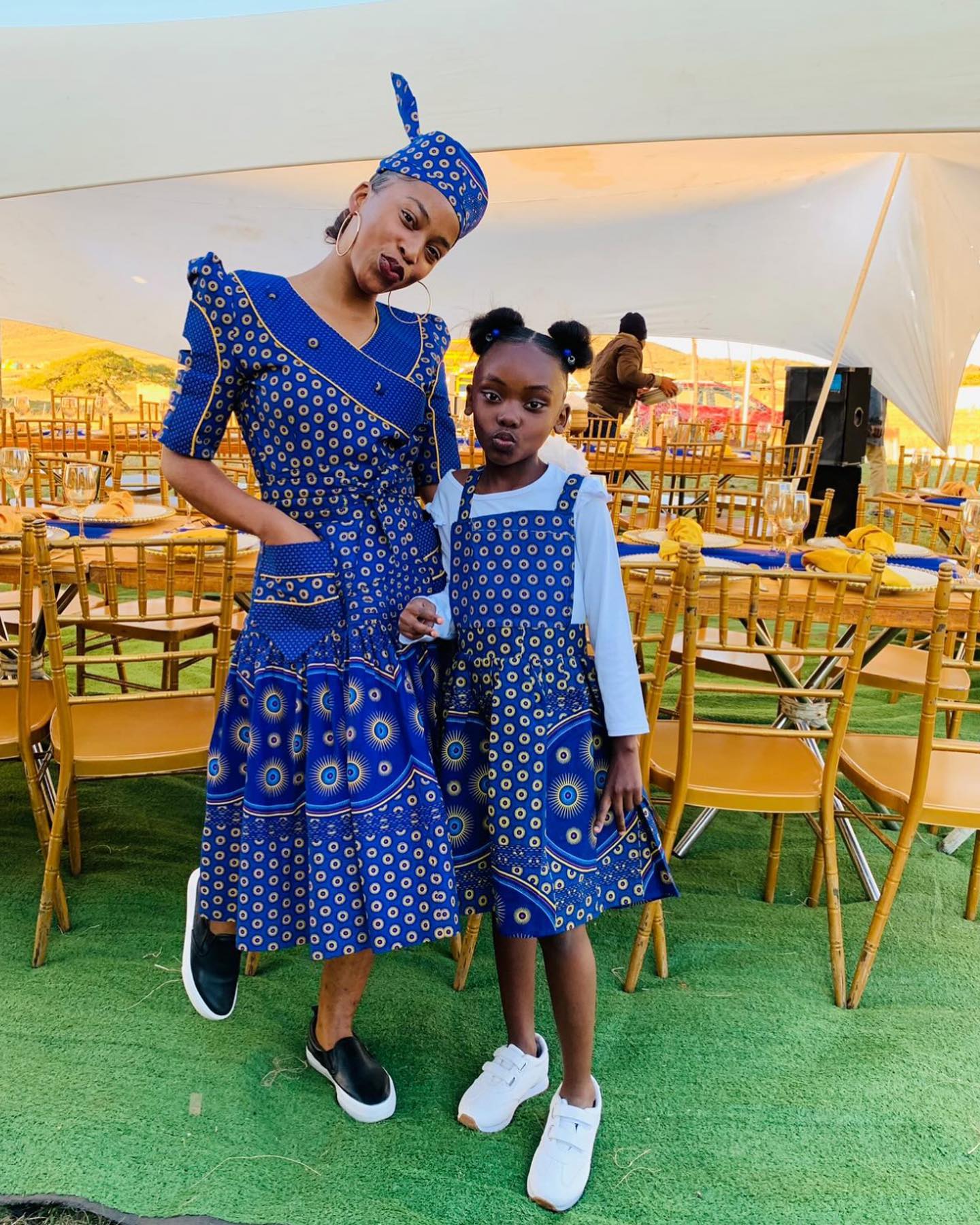

Influence of Traditional Beliefs and Customs on Clothing
The clothing worn by the Sotho people is deeply influenced by their traditional beliefs and customs. For example, certain colors or patterns hold symbolic meaning and are associated with specific ceremonies or events. The clothing also varies depending on the individual’s age, gender, and social status, further reflecting the importance placed on tradition and community.
Throughout history, Sotho traditional clothing has evolved in response to changing cultural landscapes, societal shifts, and external influences. Today, it continues to be an important aspect of Sotho culture, preserving their heritage and connecting them to their ancestors.


Traditional Sotho Attire for Men
For centuries, the Sotho people of Southern Africa have celebrated their culture through their traditional clothing. From weddings to festivals, traditional Sotho attire holds deep cultural significance. Let’s take a closer look at the evolution of Sotho traditional clothing for men.
Different Types of Traditional Sotho Clothing for Men
- Basotho Blanket: The iconic Basotho blanket is a symbol of pride and identity for the Sotho people. Traditionally made from wool, these blankets feature bold patterns and colors, each carrying their own meaning.
- Seshoeshoe Fabric: Seshoeshoe fabric is another important element of traditional Sotho attire. It is a cotton fabric with intricate, vibrant designs that signify different occasions or social statuses.
Materials and Designs Used in Men’s Attire
The traditional Sotho attire for men includes various materials and designs that showcase the rich cultural heritage of the community. Common materials used include wool, cotton, and animal skins. Designs often feature geometric patterns, stripes, or motifs inspired by nature.
Over the years, Sotho traditional clothing has evolved to embrace modern influences while preserving its authenticity. Today, you can see men proudly donning their traditional attire during important cultural events, showcasing their heritage and identity with elegance and style.
Traditional Sotho Attire for Women
The evolution of Sotho traditional clothing has seen significant changes over the years. From vibrant colors to unique designs, the attire worn by Sotho women tells a story of cultural richness and heritage.
Various Styles and Types of Traditional Sotho Clothing for Women
Sotho women traditionally wear a dress known as a “seshweshwe.” This garment is made from printed fabric with intricate patterns and comes in various colors. Another popular style is the “makoti” dress, worn by newly married women. It features beautiful embroidery and is often accompanied by a headwrap known as a “doek.”

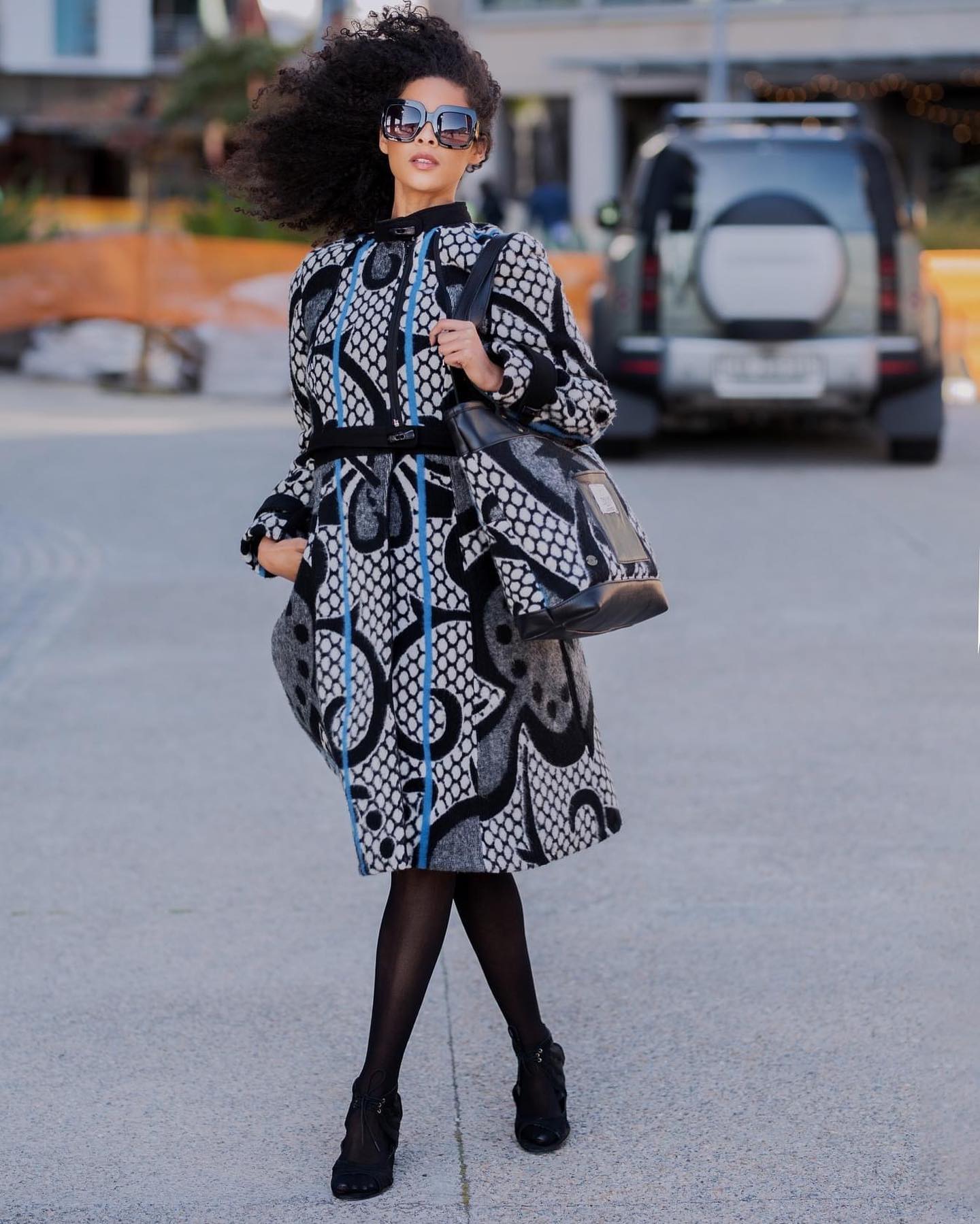
Symbolism and Meaning behind Women’s Clothing
Every piece of Sotho traditional clothing holds symbolism and meaning. The colors, patterns, and designs are often used to convey messages about age, marital status, and cultural identity. It serves as a way for women to express their individuality while honoring their heritage.
Throughout history, Sotho traditional clothing has evolved to reflect changing fashion trends and modern influences. However, it remains deeply rooted in tradition, representing the pride and cultural identity of the Sotho people.
Evolution of Sotho Traditional Clothing
Sotho traditional clothing has a rich history and has gone through significant changes over the years. The influence of Western fashion has played a vital role in shaping the evolution of this vibrant attire.
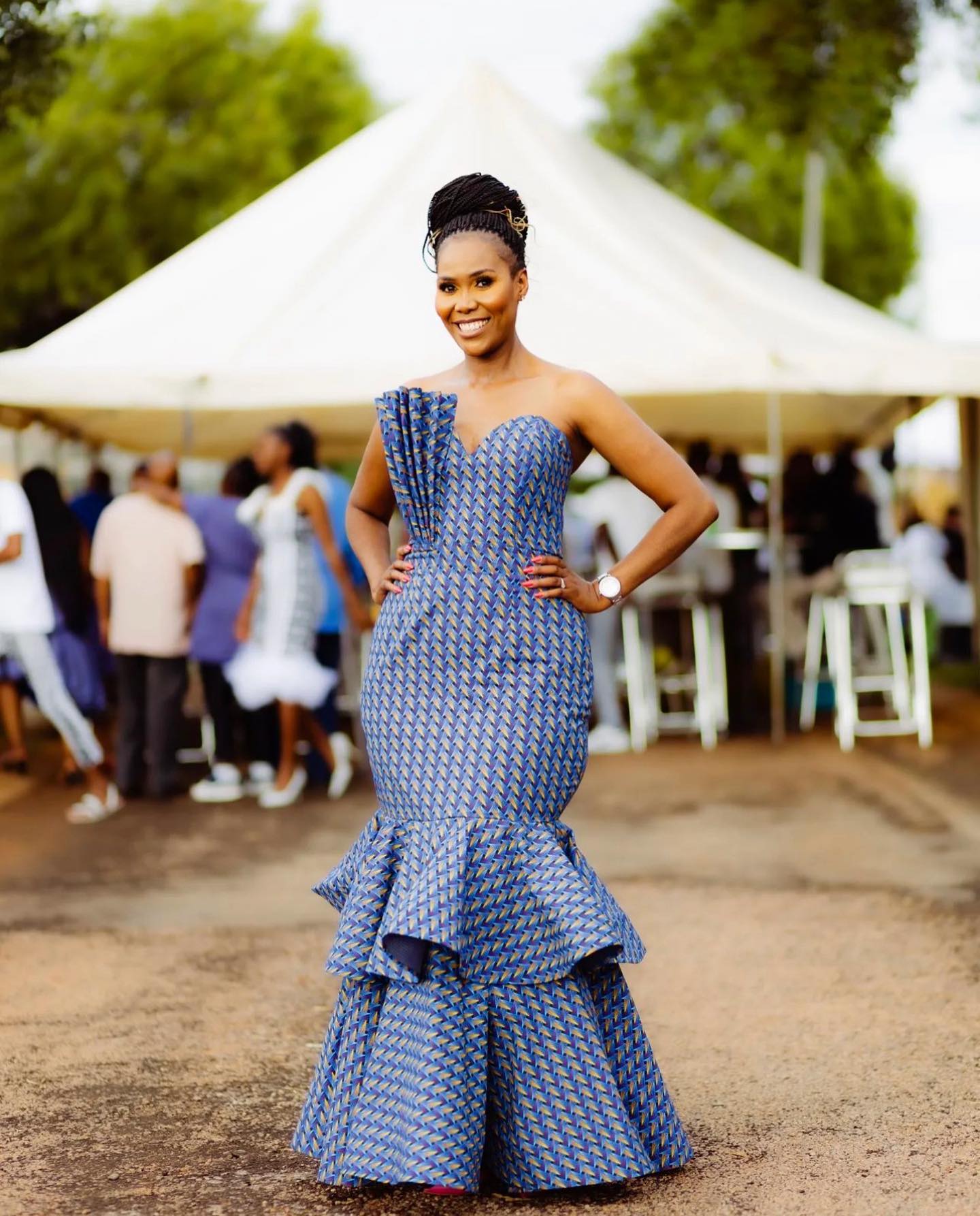



Influence of Western Fashion on Sotho Traditional Clothing
With the introduction of European settlers in South Africa, Sotho traditional clothing started incorporating elements from Western fashion. The use of fabrics such as cotton and wool and the introduction of new garment styles became more prevalent. This fusion resulted in a unique blend of traditional and modern attire.
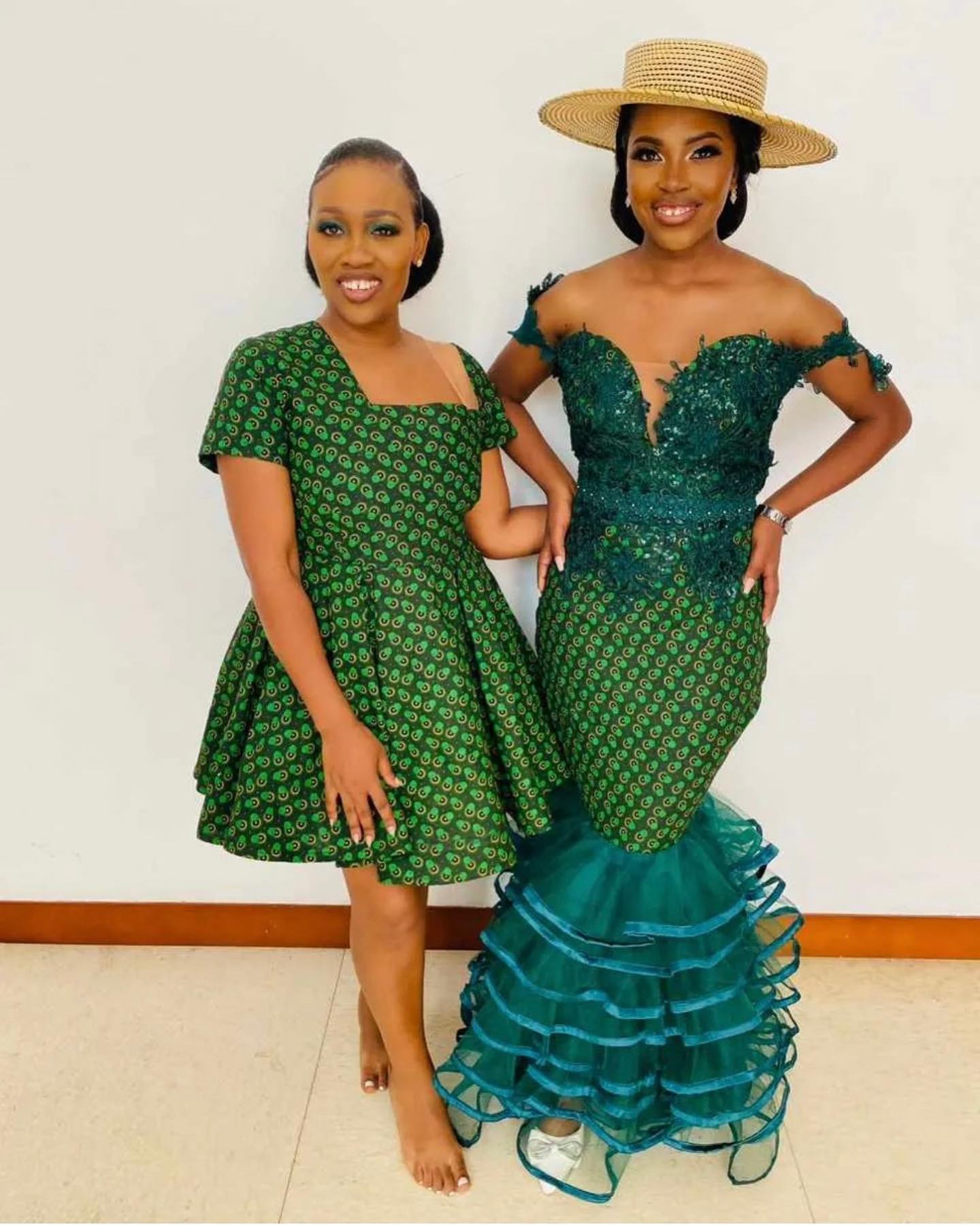

Modern Adaptations and Innovations
In recent years, there has been a resurgence in the popularity of Sotho traditional clothing. Designers are exploring new materials, colors, and patterns to create contemporary garments that still reflect the traditional aesthetic. The use of funky prints, bold colors, and modern silhouettes has given this clothing style a fresh and trendy appeal.
The evolution of Sotho traditional clothing showcases the dynamic nature of fashion. It is a testament to the cultural heritage and adaptability of the Sotho people, who continue to celebrate their traditions while embracing modern influences.
Comments are closed.